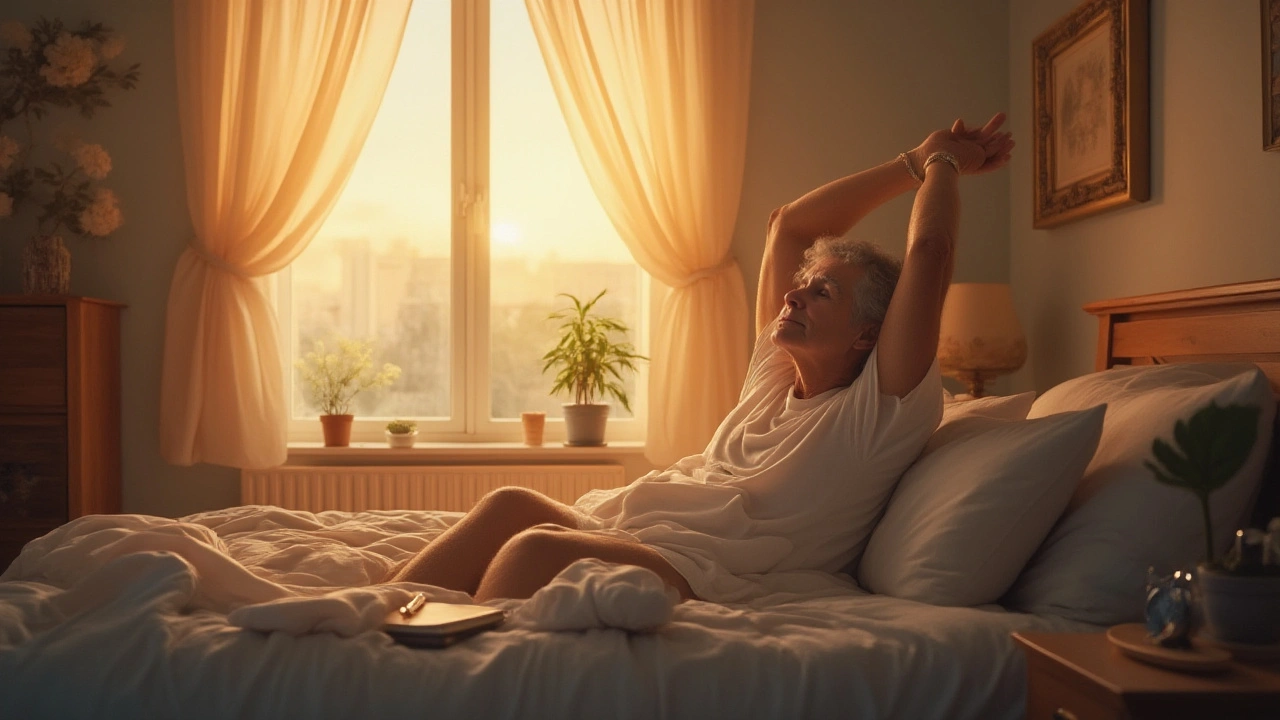Sleep Issues – Causes, Tips, and Safe Solutions
If you’re reading this, you’ve probably had a night where your brain just wouldn’t shut off. You’re not alone – sleep problems affect millions of people every year. The good news is that most issues have a clear cause and a simple fix. Below we break down the most common reasons people lose sleep and give you practical steps you can start using tonight.
Common Reasons People Struggle to Sleep
First, take a quick inventory of your daily habits. Do you drink coffee after lunch? Do you scroll on your phone right before bed? Caffeine can stay in your system for up to eight hours, and the blue light from screens tricks your brain into thinking it’s still daytime. Both can push your natural sleep clock later.
Stress is another big player. When you lie down, the mind often replays the day’s worries. That mental replay makes it hard for the body to relax. Even small worries about work, bills, or a missed appointment can keep the nervous system on high alert.
Health conditions matter, too. Conditions like asthma, acid reflux, or chronic pain can make staying still uncomfortable. Hormonal changes, especially for women during menopause, also disrupt sleep patterns. If you suspect a medical issue, a quick chat with your doctor can point you toward the right treatment.
Finally, lifestyle timing matters. Going to bed at wildly different times each night confuses your internal clock. Your body works best with a regular schedule – aim for the same bedtime and wake‑up time, even on weekends.
Practical Steps to Improve Your Sleep Tonight
Start with a “wind‑down” routine. Turn off bright screens at least 30 minutes before bed. Read a paperback, stretch lightly, or listen to calm music. This signals to your brain that it’s time to slow down.
Watch what you eat and drink in the evening. Swap that late‑night soda for a glass of water, and keep caffeine out after 2 p.m. If you’re hungry, a small snack with protein and carbs – like a banana with a spoonful of peanut butter – can keep blood sugar steady through the night.
Try a natural sleep aid if you need a little boost. California poppy, for example, is a herbal supplement that many people find calming without the grogginess of stronger drugs. Always follow the dosage instructions and check with a pharmacist if you’re on other meds.
Keep your bedroom cool, dark, and quiet. A room temperature around 65 °F (18 °C) is ideal for most people. Blackout curtains or an eye mask block unwanted light, while earplugs or a white‑noise app mute disruptive sounds.
Finally, track your sleep for a week. Use a simple notebook or a phone app to note when you go to bed, wake up, and how you feel in the morning. Patterns will emerge, and you can adjust one factor at a time rather than trying everything at once.
Sleep isn’t a luxury; it’s a daily need. By identifying the main culprits – caffeine, screens, stress, health issues, and irregular schedules – and applying a few easy habits, you can turn restless nights into restful ones. Give these tips a try, and you’ll likely notice a change within a few days. Sweet dreams!

Managing Fatigue and Sleep Disturbances in Mycosis Fungoides: Practical Tips and Insights
Jul, 17 2025Practical advice for handling fatigue and sleep challenges if you’re living with mycosis fungoides. Learn why these problems occur and discover effective self-care strategies.
READ MORE